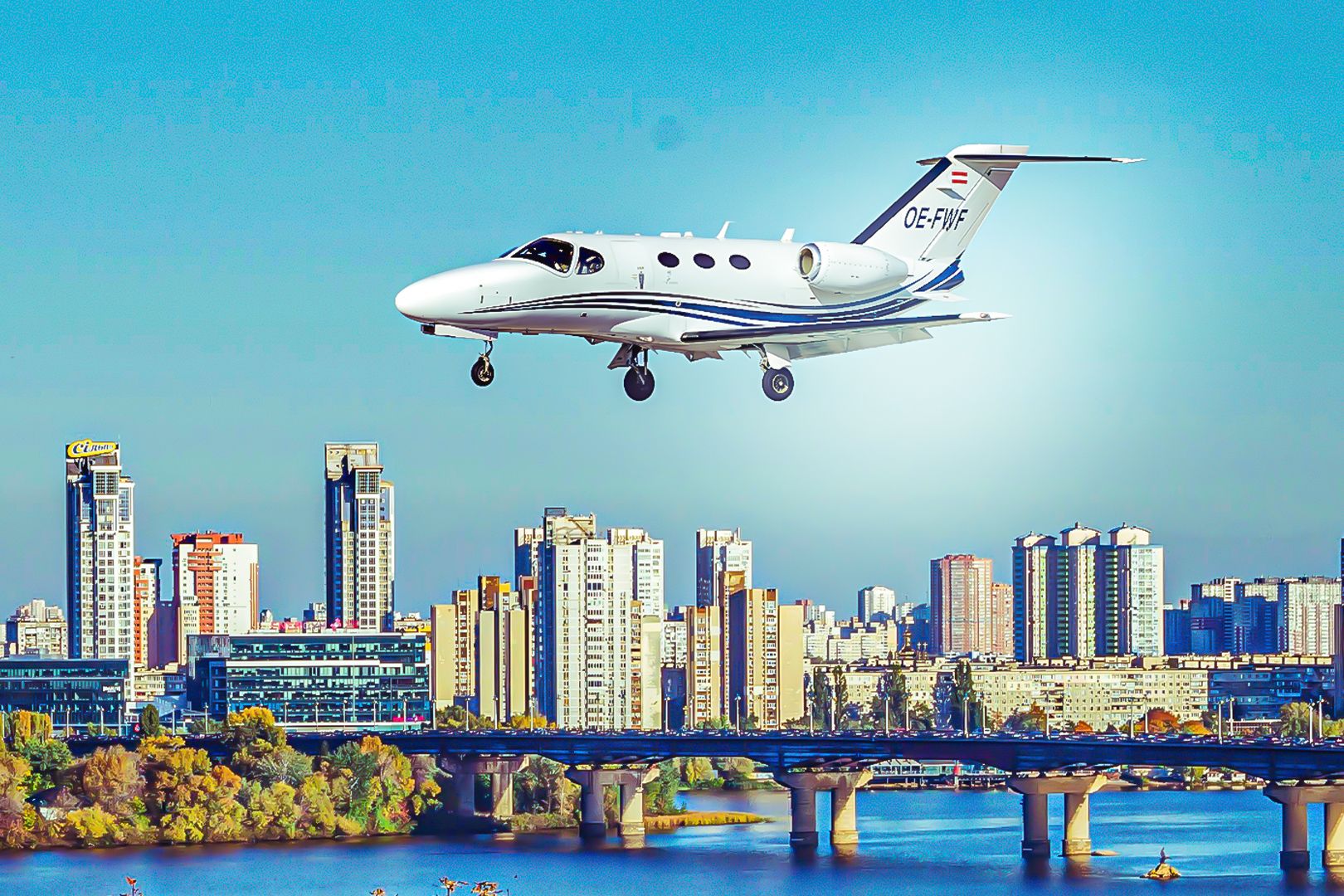The Cessna Citation Mustang , introduced in 2006, quickly became a favorite among pilots and owners in the very light jet (VLJ) market. Its unique features made it a popular and sought-after personal and business jet. The dawn of the Mustang Cessna was the first major general aviation OEM to produce a VLJ.
They launched the Citation Mustang at the 2002 NBAA convention. The Mustang made its first flight on April 23, 2005, and received FAA certification on September 8, 2006. Production ran from 2006 to 2017, with 479 units built before Cessna ended the program due to competition from its own Citation M2.

The M2 is a slightly larger and more technologically advanced private jet between the Mustang and the CitationJet (CJ) series. First FAA-certified VLJ The Mustang was the first very light jet to receive FAA certification, setting the standard for this new aircraft category. Other players, such as Eclipse Aviation, entered the market with its Eclipse 500 and 550, though they are now out of production.
Embraer designed the successful Phenom 100. Honda Aircraft Company made the HondaJet, and Cirrus Aircraft entered with the Vision SF50, a single-engine VLJ. Efficient Pratt & Whitney Canada PW615F engines The Mustang's super-efficient engines sip fuel at cruise altitude.
Two 1,460 lb (6.5 kN) turbofans provide excellent fuel efficiency and performance. Advanced Garmin G1000 avionics The Mustang features a state-of-the-art glass cockpit, which enhances situational awareness and reduces pilot workload.
The Garmin 1000 provides aircraft speed, altitude, engine, gear, flap control indications, and all navigation information. The system provides a comprehensive Flight Management System (FMS). Impressive range and short runway capability With a range of 1,167 NM (2,161 km), the Mustang can easily handle most short to medium-range flights.
The Mustang can also operate from runways as short as 3,110 ft (948 m), allowing access to smaller airports. Thus, it has the shortest takeoff distance of any multi-engine jet Nearly 5,500 examples were produced across all variants. Spacious cabin for its class The cabin accommodates four in club seating.
It also has a surprisingly large aft luggage compartment. With 63 cubic feet of storage, passengers can bring plenty of luggage. Single pilot operations The Mustang is typically flown single-pilot.
The Mustang is certified for single-pilot operation, offering flexibility for owner-operators. There are two distinct FAA Type Ratings for pilots of the Citation Mustang. The basic type rating is "CE-510," which enables a pilot to fly as Pilot-in-Command under FAR 61.
31(a)(2). However, the pilot would be required to have a second in command. The other type rating is "CE-510S," allowing a pilot to operate the aircraft single-pilot.
Excellent safety record and cost-effective operation Only one fatal accident has been recorded since its introduction, highlighting its reliability and safety features. Moreover, low fuel consumption and maintenance costs make the Mustang an economical choice in the VLJ market. Why owners and pilots love the Mustang Handling characteristics : Pilots often compare the Mustang's handling to Cessna's single-engine aircraft, praising its stability and ease of operation.
Performance : With a maximum speed of 340 kt (629 km/h), the Mustang offers jet performance at a fraction of the cost of larger aircraft. Reliability : The aircraft's robust design and Cessna's reputation for quality contribute to its excellent reliability record. Versatility : Its ability to operate from shorter runways opens up more destination options for owners and charter operators.
Comfort : Despite its compact size, the Mustang offers a comfortable cabin environment for short to medium-range flights. Pricing and Costs Initial pricing : At launch in 2006, the Mustang was priced at approximately $2.4 million.
2015 pricing : By 2015, the unit cost had risen to $3.35 million. Current used market : As of 2018, used 2009-2016 Mustangs were priced between $1.
85 and $2.5 million. Operating costs : Fuel consumption: Approximately 88 gallons per hour; Annual maintenance: Around $17,000; Additional inspections (every 72 months): $15,000 to $20,000 Performance Specifications Maximum speed : 340 KTAS (629 km/h) Range : 1,167 nmi (2,161 km) Service ceiling : 41,000 ft (12,500 m) Rate of climb : 3,010 ft/min (15.
3 m/s) Takeoff distance : 3,110 ft (948 m) Landing distance : 2,380 ft (729 m) Maximum takeoff weight : 8,645 lb (3,921 kg) Useful load : 3,130 lb (1,420 kg) The Cessna Citation Mustang's unique combination of performance, efficiency, and affordability made it a popular choice in the VLJ market during its production run. While no longer in production, it is a sought-after aircraft in the used market, appreciated by owners and pilots for its versatility and cost-effectiveness. What is a "Very Light Jet"? A Very Light Jet (VLJ) is a category of small business jets with the following key characteristics: Weight : VLJs typically have a maximum takeoff weight under 10,000 lbs (4,540 kg).
Passenger capacity : They usually seat 4-8 passengers. Single-pilot operation : VLJs are certified for single-pilot operation, making them attractive to owner-operators. Certification standards : They are often certified under FAR Part 23 regulations for light aircraft rather than the more stringent Part 25 standards for larger commercial aircraft.
Performance : VLJs generally have shorter ranges (around 1,000-1,500 NM) and lower cruise speeds compared to larger business jets. Efficiency : They are designed to be more fuel-efficient and cost-effective than traditional business jets. Airport accessibility : VLJs can often operate from shorter runways, allowing access to smaller airports.
Advanced avionics : Many VLJs feature modern glass cockpits and advanced avionics to support single-pilot operations. Lower acquisition costs : VLJs are typically less expensive to purchase than larger business jets, with prices often in the $3-5 million range. "Very Light Jet" emerged in the early 2000s to describe a new class of small, efficient jets aimed at making private jet travel more accessible and affordable.
While there's no strict regulatory definition, the industry generally recognizes VLJs as the smallest category of business jets, bridging the gap between turboprops and traditional light jets. Sturdy and successful but not always speedy..



















